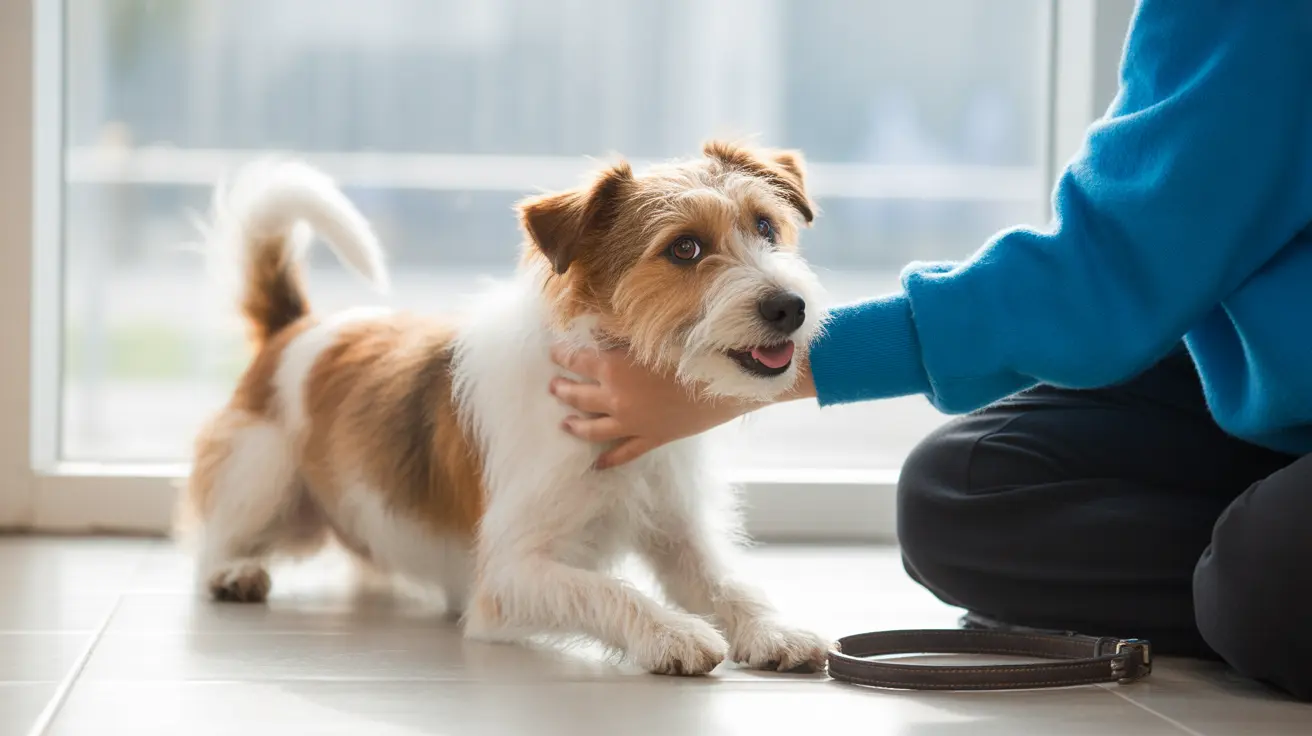How Dogs Apologize: Understanding Canine Social Behavior
Dogs are renowned for their loyalty, affection, and social tendencies. But when they misbehave or upset their owners or canine companions, how do they express remorse? Unlike humans, dogs don’t use language to apologize, but they do communicate through a complex range of behaviors driven by their cognition and emotional states. Let’s explore how dogs apologize and what this tells us about their intricate minds.
Dogs and Their Social Intelligence
Dogs have evolved over thousands of years alongside humans, leading to heightened
social-cognitive skills. Research in dog cognition reveals that they can:
- Interpret human emotions and facial expressions
- Respond to gestures, such as pointing or spoken commands
- Use associative memory and sensory cues to map experiences
- Form strong attachments with both humans and dogs
Their ability to interpret subtle cues helps them respond appropriately in social interactions, including making amends after displaying unwanted behavior.
What Does an Apology Look Like in Dogs?
A dog's ‘apology’ is not a moral or verbal expression of regret but a product of evolved social behavior to maintain group harmony. Common apologetic signals include:
- Averting gaze or avoiding eye contact: showing deference and non-aggression
- Lowering their body or head: a submissive posture intended to reduce tension
- Licking or nuzzling: affiliative behaviors meant to reconcile
- Tucking tail: a sign of nervousness or submission
- Whining softly: signaling distress or appeasement
These behaviors are parts of a dog’s evolved communication toolkit, driven by their emotional understanding and need for affiliation.
Do Dogs Know They Did Something Wrong?
Dogs live primarily
in the moment. Their cognition focuses on current needs, though they retain associative and episodic-like memories. When a dog exhibits guilty-looking behavior—like cowering after chewing a shoe—it's not remorse over the act. Instead, they are reacting to the tone of your voice, body language, or familiar past consequences.
Studies indicate that:
- ‘Guilty’ behaviors often occur even when the dog didn’t commit the act
- Dogs pick up on owner cues, such as disappointment or anger
- Their response is an attempt to calm and appease rather than show guilt
In this sense, a dog’s apology is driven by learned associations and a desire to reestablish comfort rather than recognition of wrongdoing.
The Role of Memory and Emotion
Dogs exhibit
episodic-like memory, which helps them recall specific events or actions. This memory, combined with emotional processing, enables them to form conscious associations—like connecting a scolding with an earlier action.
Their brains light up in areas similar to humans’ when responding to voices and emotional cues. They can experience emotions like:
- Happiness
- Anxiety
- Jealousy
- Anticipation
- Fear
These emotional states influence their behavior, including appeasement gestures often seen as apologies.
Apologies Between Dogs
Dogs also resolve conflicts within their species using body language. When play becomes too harsh or a boundary is crossed:
- The offending dog may lower its posture or avoid eye contact
- They may offer a play bow to signal peaceful intentions
- They may lick the other dog’s face or muzzle
These interactions show their
innate drive to maintain social bonds and avoid aggression, critical in pack-driven survival strategies.
How to Encourage Positive “Apologizing” Behavior
If your dog appears remorseful, it’s a great opportunity to teach and reinforce good behavior:
- Stay calm: Avoid yelling which may confuse or frighten your dog
- Use consistent commands: Dogs thrive on clear expectations
- Offer redirection: Provide acceptable alternatives for unwanted behaviors
- Reward positive behavior: Reinforce with treats, praise, or affection
Positive training approaches support your dog’s social learning without fear or misunderstandings.
The Human-Dog Bond and Mutual Understanding
Perhaps most touching is that dogs seem to sincerely
care about our emotions. Their responses to our distress are not just obedience—they often reflect empathy and social connection. This deep bond ensures dogs invest in repairing social ruptures.
And while they cannot say “I’m sorry,” their actions—whether it’s a lowered head, a gentle nudge, or staying close—speak volumes about their emotional intelligence.
Conclusion
Dogs apologize through a range of submissive and affiliative behaviors rooted in emotional understanding and social affiliation. Although their cognition doesn’t include verbal reasoning or guilt as humans experience it, their nuanced body language and affective empathy allow them to make peace and strengthen bonds. By interpreting these signals, dog owners can enhance communication, build trust, and support their dogs’ cognitive and emotional well-being.





